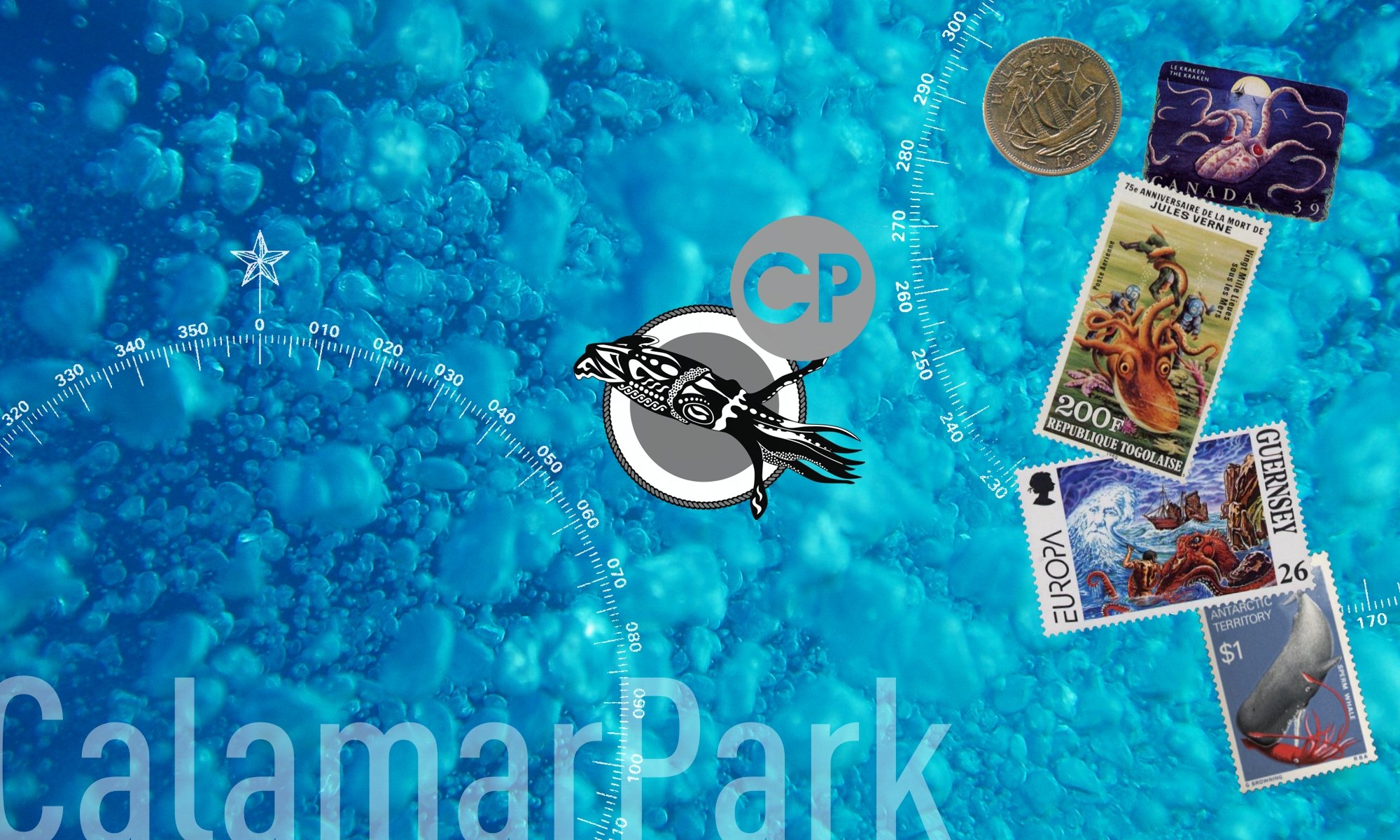
Keeping an air filled structure on the sea-floor is more difficult than one would think. Especially during the lowering process major difficulties occurred on previous stations. We can calculate about one kilo of weight (negative buoyancy) per liter of air inside the station (positive buoyancy). The dimensions are huge: imagine a space of 50 m² with a height of 2m, which equals 100 tons of counterweight. At the same time it has to be considered, that these weights have to be lifted again in the end of the mission. For ecological reasons we should find a way to leave the weights on the site and to use a material that would not harm the environment.
Our extensive analysis and proposals are part of the design manual.


 One of the reasons why the first generation of underwater stations came to an end in the 80’s was the conlusion that it is more effective to use decompression chambers on board of a support vessel instead of placing divers on the bottom of the sea. The oil industry just did not see any reason for undersea stations. Therefore it was surprising that China announced in 2012 that they planned to build an undersea mining station of 60 meters length
One of the reasons why the first generation of underwater stations came to an end in the 80’s was the conlusion that it is more effective to use decompression chambers on board of a support vessel instead of placing divers on the bottom of the sea. The oil industry just did not see any reason for undersea stations. Therefore it was surprising that China announced in 2012 that they planned to build an undersea mining station of 60 meters length